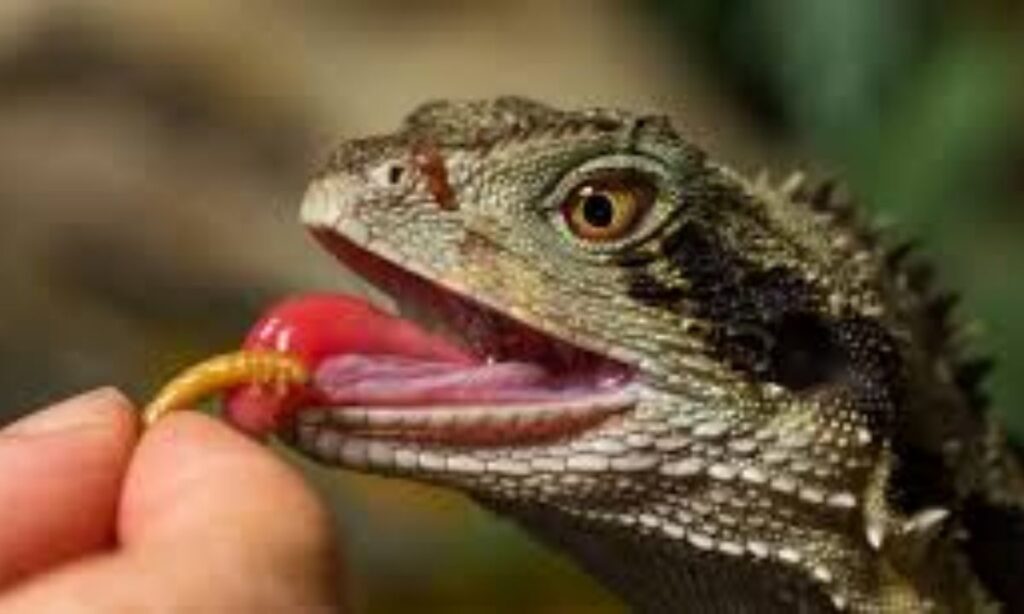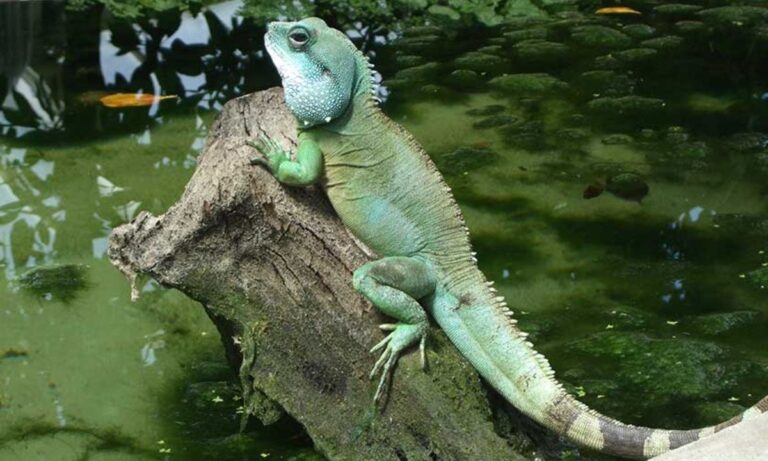Possums are often misunderstood creatures that some might consider as potential pets due to their unique appearance and nocturnal habits. However, deciding to keep a possum.
Pet requires more than just fascination with these wild animals. In this guide, we’ll explore whether it’s a good idea to have a possum as a pet, and the challenges and considerations involved.
What is a Possum?
A possum is a marsupial native to Australia and nearby islands. They are often confused with their North American cousins, the opossums, but they are different species. Possums have a distinctive appearance, with fluffy tails, large eyes, and soft fur.
They are primarily nocturnal and are known for their arboreal (tree-dwelling) lifestyle, living in forests and wooded areas. These animals are omnivorous and opportunistic feeders, eating fruits, insects, and small vertebrates.
Can You Keep a Possum as a Pet?
While it’s technically possible to keep a possum as a pet, it is not recommended for the average person. Possums are wild animals, and like other wild animals, they have specific needs that may be difficult to provide in a domestic setting.
Keeping a possum as a pet requires specialized knowledge of their behavior, diet, and habitat. One of the primary challenges of keeping a possum is their nocturnal nature. They are most active during the night, and they may disrupt your sleep patterns.
Is it Legal to Keep a Possum as a Pet?
The legality of keeping a possum as a pet varies depending on where you live. In many places, keeping a wild animal as a pet is prohibited or regulated. You may need a special permit or license to own a possum.
Before considering adopting a possum, it’s important to check your local wildlife laws. Many jurisdictions have strict regulations regarding the ownership of wild animals to ensure their well-being and prevent the spread of diseases.
Possum as a Pet: Pros and Cons
- Unique pet: Possums are fascinating and unique, offering an exotic pet experience.
- Low-maintenance: They don’t require much daily attention and are generally independent.
- Calm demeanor: If not threatened, they are typically calm and easy to handle.
Cons of Keeping a Possum as a Pet
- Nocturnal: Possums are active at night, which may interfere with your daily routine.
- Space requirements: Possums need large enclosures with space to climb and hide.
- Health concerns: They can carry diseases and parasites, which could affect both you and other pets.
- Legal restrictions: It’s difficult to find places where keeping possums is legal without permits.
Read This Blog; Why Do Dogs Yawn When You Pet Them?
Water Dragon Care Sheet
Water dragons are exotic reptiles that can make great pets for those who are willing to provide the proper care. These fascinating creatures require a specific environment and diet to thrive.
In this care sheet, we will walk you through everything you need to know about keeping a water dragon as a pet, from their species overview to habitat and diet considerations.
Water Dragon Species Overview

Water dragons belong to the family Agamidae and are typically found in Southeast Asia. The most common species kept as pets is the Chinese water dragon (Physignathus cocincinus), though other species like the Australian water dragon also exist.
These reptiles are known for their long, spiny tails, sleek bodies, and vibrant green or brownish colors. They are semi-aquatic creatures, meaning they spend much of their time near water sources, such as rivers, streams, and ponds.
Water Dragon Characteristics
Water dragons are relatively large reptiles, with some species growing up to 3 feet in length. They have a unique look, featuring spiny ridges along their back, a long tail, and a head that resembles a dragon’s snout. Their coloration varies, but they are typically green or brown with darker patterns.
These dragons are known for their excellent swimming abilities and their inclination to bask in the sun to regulate their body temperature. They are also very territorial and can be somewhat aggressive towards other dragons if they feel their space is being encroached upon.
Water Dragon Handling
When handling a water dragon, it’s important to be gentle and respectful of their space. These creatures are not as social as some other reptiles and may become stressed if handled too often. Start by offering food to build trust, and handle them only when necessary.
If you are handling a young water dragon, they may be more receptive to being held. However, adult water dragons are more likely to be territorial, and you should approach them cautiously. Always ensure that their habitat remains undisturbed, and provide them with areas to retreat to for privacy.
Water Dragon Supply Checklist
Before bringing a water dragon into your home, it’s important to have the right supplies to ensure they are comfortable and healthy. Here’s a checklist of essential supplies:
- Large enclosure: A tank or vivarium that is at least 6 feet long and 3 feet tall.
- UVB lighting: To simulate sunlight and help with calcium absorption.
- Basking lights: Provide areas of high heat for the dragon to regulate its body temperature.
- Substrate: Use non-toxic substrates like coconut husk, sand, or paper towels.
- Water bowl: A large, shallow dish for drinking and soaking.
- Branches: For climbing and basking.
- Temperature and humidity monitors: To keep track of the environment.
Water Dragon Habitat
A water dragon needs a carefully set up habitat that includes both terrestrial and aquatic elements. The enclosure should have a large swimming area where the dragon can immerse itself, as well as dry land for basking.
Temperature and Humidity
Water dragons thrive in warm environments, with temperatures ranging from 75-85°F during the day and slightly cooler at night. A basking area should be heated to about 95°F to provide a temperature gradient.
Humidity is also crucial for a water dragon’s health, as they require a humid environment to maintain healthy skin and respiratory function. Keep the humidity level between 60-80% in the enclosure.
Read This Blog; Can You Have a Possum As a Pet
Lighting
UVB lighting is essential for water dragons, as it helps them synthesize vitamin D3, which is crucial for calcium metabolism and bone health.
Without proper UVB exposure, they can develop metabolic bone disease. Make sure to provide UVB light for 10-12 hours a day.
Water Dragon Cleaning and Maintenance

Maintaining a clean habitat is critical for the health of your water dragon. You should clean the enclosure thoroughly at least once a week. Remove any uneaten food, feces, and soiled bedding to prevent bacteria build-up.
Water dragons are relatively clean creatures, but their habitat can become dirty quickly, especially if they are housed in a large enclosure with a water feature. Clean the water bowl and swimming area every few days to keep it free from bacteria.
Water Dragon Diet and Nutrition
Water dragons are omnivorous, which means they eat both animal and plant-based foods. A balanced diet is essential to ensure they receive the necessary nutrients.
Recommended Foods
- Insects: Crickets, roaches, worms, and other live insects.
- Vegetables: Leafy greens, such as collard greens, mustard greens, and dandelion greens.
- Fruits: Occasionally offer fruits like mango, berries, and papaya.
How to Thaw Frozen Prey
If you are feeding your water dragon frozen food, it’s important to thaw it properly before offering it. Place frozen prey, such as crickets or worms, in a shallow dish of warm water for a few minutes to thaw.
Never microwave frozen food, as it can destroy the nutrients and harm your pet. Ensure the food is at room temperature before feeding it to your water dragon. If you’re feeding live prey, be sure to offer appropriate-sized insects that your water dragon can easily catch.
Frequently Asked Questions
How long do water dragons live?
Water dragons can live for up to 10-15 years with proper care.
Do water dragons require a lot of space?
Yes, water dragons need a large enclosure that allows them to swim and climb.
Can I house multiple water dragons together?
It’s best to house water dragons individually, as they can be territorial.
Are water dragons good pets?
Water dragons are great pets for experienced reptile owners who can meet their specific care needs.
Do water dragons need a UVB light?
Yes, UVB lighting is crucial for their health, as it helps with calcium absorption and bone development.
Conclusion
In conclusion, water dragons can make wonderful pets for those who are prepared to provide the right care. They need a proper habitat, diet, and daily maintenance to stay healthy.
If you can meet their needs for space, temperature, humidity, and lighting, a water dragon can be a fascinating addition to your home. Always do your research and ensure you can commit to their care before adopting one.
